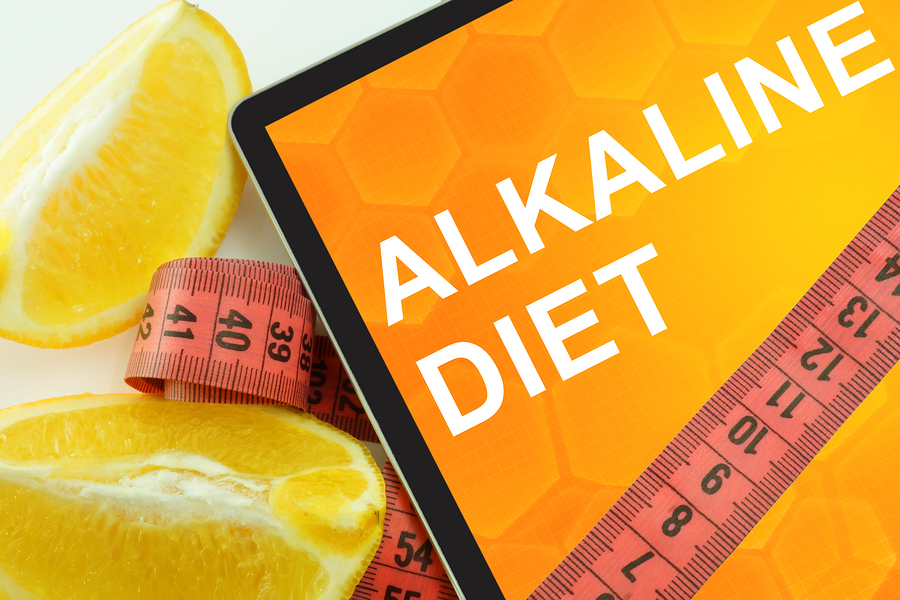- Make It Yourself Lavender Heart-Shaped Bath Bombs!
- 20 Things You Never Knew About “Down There”
- 12 Best Foods For Those Suffering From Arthritis Pain
- 12 Personal Hygiene Mistakes Almost Everyone Makes (Mom Never Told You About #4!)
- 15 Medicinal Plants And Herbs From The Cherokee People
- 12 Mind-Blowing Benefits Of Drinking Coconut Water During Pregnancy
- 12 Outstanding Winter Foods That Won’t Fatten You Up Like A Christmas Turkey
The Danger Of Uric Acid, And How To Protect Yourself

Photo credit: bigstock.com
Imagine waking up one morning, and discovering your foot is red and swollen. You can’t put any weight on it, it’s throbbing with soreness and trying to put on socks sends shockwaves of pain through your whole body. It’s called gout, a condition the 18th century writer Sydney Smith described as feeling like “walking on one’s eyeballs”. For some people though, this condition is no work of fiction. Gout affects millions of people every year, and has become more common with the spread of obesity. But what causes it?
What millions of gout sufferers don’t realize is that they probably gave it to themselves with a diet rich in uric acid.
What is Uric Acid, and Why is it Bad?
Uric acid is a byproduct formed in the body by the breakdown of acids in food. The Western diet is highly acidic in nature. The more acidic one’s diet is, the higher the levels of uric acid in thhe body will be.
Many Westerner’s diets include a lot of protein. Protein-rich foods contain amino acids, which in the right quantities are actually quite beneficial. However, if one’s diet is unbalanced and includes too many other highly acidic foods, the uric acid build-up can become dangerous
Normally, uric acid is excreted from the body in the form of urine (hence the name). But when the levels in the body become too high, the uric acid begins crystalize. Levels above 6mg per one tenth/liter are considered high.
While we did make a big deal about gout just now, the truth is that uric acid crystallization has been linked to a cornucopia of serious health problems, including:
- Gout
- Kidney Stones
- Arthritis
- Inflammation
- Joint Pain
- Heart Failure
Continue to Page 2

Photo credit: bigstock.com
Improve Your Diet to Lower Your Risk
It should be obvious by this point that acidic food consumption should be limited. The goal here is to add more alkaline-rich foods to the diet, which reducing the amount of acidic ones.
Foods to Avoid or Reduce:
It’s important to understand that not all acidic foods are equally dangerous. Of particular concern are certain foods which are rich in purine acid, a compound that converts to uric acid during the process of oxidation. These foods include certain breeds of fish like anchovies, herrings and mackerel, as well organ meats like liver.
Following this are protein-rich foods like red meats, poultry, eggs, butter, tuna fish, lobster, shrimp and other sea foods. You don’t have to eliminate these entirely, but try to reduce your consumption to 4-6 ounces per day. The general rule is the more protein-based a diet is, the more acidic it becomes.
Vegetarians might think they are in the clear here, but believe it or not, some vegetables and fruits can actually contribute to high levels of uric acid. Veggies and legumes like peas, lentils, beans, and mushrooms are guilty here. Fruit-wise people at high risk should avoid bananas, avocados, pineapples, and kiwis.
High fructose corn syrup might be the most unhealthy food ingredient ever devised, and sure enough, it has a spot on this list as well. Fructose converts into uric acid, so avoid foods with high-fructose corn syrup. Lastly, saturated fat can inhibit the body’s ability to process uric acid properly, so try not to eat high amounts of it.
One more things- sorry beer lovers. Beer has been shown to exacerbate high uric acid levels. You may need to cut back on your consumption, and if you have gout or another illness cause by uric acid, you should eliminate it entirely during treatment.
Continue to Page 3

Photo credit: bigstock.com
Foods to Include:
We’ve covered a lot ground regarding no-no foods, but this of course raises us to the question: “What CAN I eat that won’t raise my uric acid levels?”
The solution is to adopt a more alkaline-based diet.
Alkaline-rich foods include leafy greens like spinach, lettuce, kale, cabbage, and brussel sprouts. Non-green vegetables like beets, carrots, sweet potatoes, yams, tomatoes, olives, and squash should also be considered. Certain oils like coconut and extra virgin olive oil can help lower your uric acid levels further and restore alkalinity to the body.
There are certain alkaline “tonics” you can prepare that will help lower your uric acid levels.
- Apple Cider Vinegar: Mix 1 tbsp of ACV with 1 glass of water.
- Lemon Water: Blend the juice 1/2 lemon with 1 glass of water.
Last but certainly not least, drink a lot of plain old water. This will help flush the uric acid out of your system. Keeping hydrated is key to preventing a multitude of uric acid-related conditions, especially kidney stones.
READ ALSO: Surprising Signs Your Body Is Too Acidic And 10 Ways To Fix It
Remember: Removing uric-acid promoting foods will have a bigger impact than adding new items to your diet. Making the necessary lifestyle changes will prevent you from developing uric acid-related ailments in the first place.
References:


































Horseman
Jul 28, 2016 at 1:18 pm
Well, let’s see. That just about eliminates shopping at the grocery store.